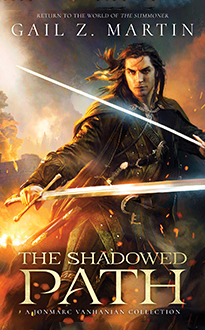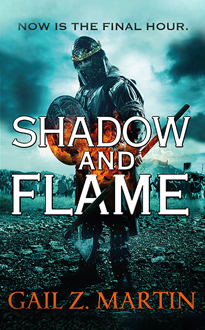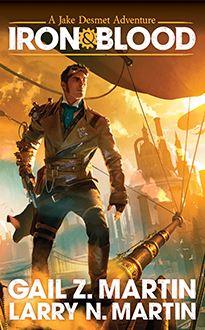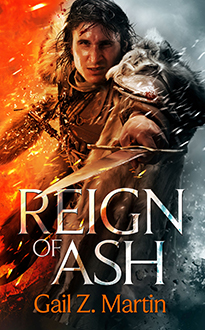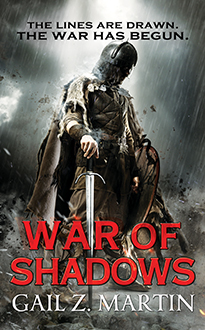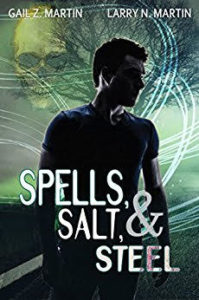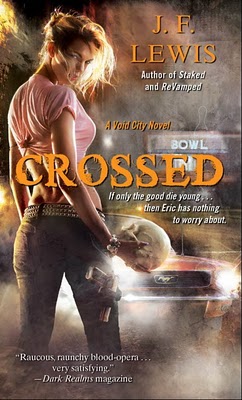 The third little green note is one that has had me setting out little plastic pyramids and occasionally twisting wooden dolls into strange poses or checking out blue prints or zooming in REALLY close with Google Maps… As so, Little Green Note Number Three:
The third little green note is one that has had me setting out little plastic pyramids and occasionally twisting wooden dolls into strange poses or checking out blue prints or zooming in REALLY close with Google Maps… As so, Little Green Note Number Three:
3) Better Blocking
Whether I’m trying to make sure that I keep track of a special hat during a big long fist fight or I’m describing where exactly our hero is a secret maze just before he vanishes forever, the blocking is extremely important. If I’ve done a great job with the blocking, it’s one of those things a reader doesn’t even consciously notice, but if I’ve done a bad job with the blocking the reader will find themselves scratching their head and asking questions like: “Now wait a minute, if the hero was standing over here, then how did he even see the bad guy? I thought he was next to the flower pot with the orangutan…”
For some writers blocking seems to come more naturally than others. In my case, it’s often hard and I sometimes have to use props to keep the positions of various characters straight in my head while writing a fight scene. There’s a scene in STAKED (the first Void City novel) that involves a werewolf hockey team (The Void City Howlers) fighting Eric (the vampire protagonist) on an ice rink. For some reason that was relatively easy to keep track of in my head with nothing more than a map of a normal ice hockey rink (thank you, Wikipedia) and a little imagination. But throw in a few more werewolves and Eric’s daughter Greta all fighting in the middle of the street and out came the little plastic pyramids and chess pieces to keep track of things.
Of course, blocking doesn’t just have to involve complex situations. It also covers those little movements characters make during a dialogue sequence… having a character fold his arms or pace from one side of the room to the other. That type of blocking helps keep your characters from becoming a couple of “talking heads” in a important dialogue heavy scene or convey emotion after a dangerous fight. If, instead of typing: Bob was incredibly nervous, the writer shows the reader how Bob paces the room, chews his fingernails, and makes minute adjustments to portraits that required no straightening, the blocking doesn’t just help keep track of the character, but helps convey the emotion of the scene as well.


